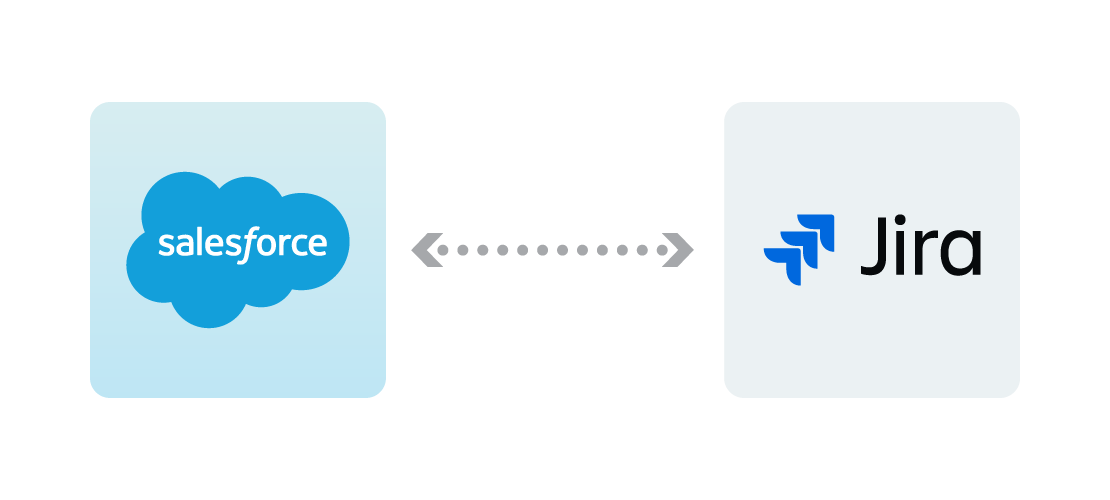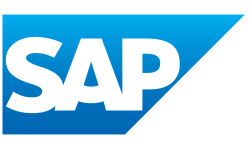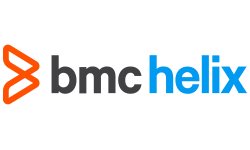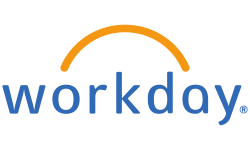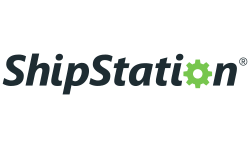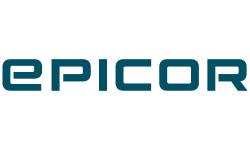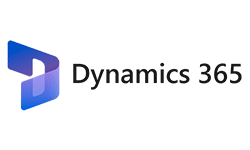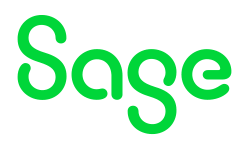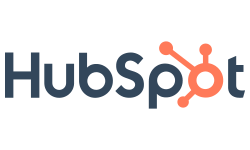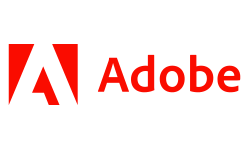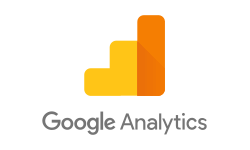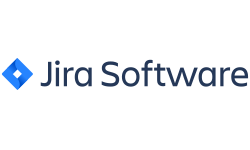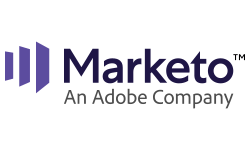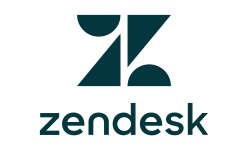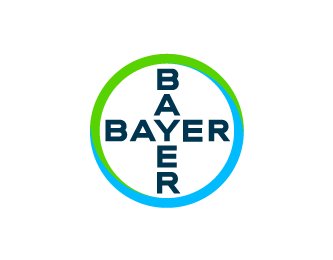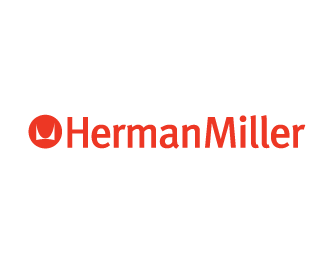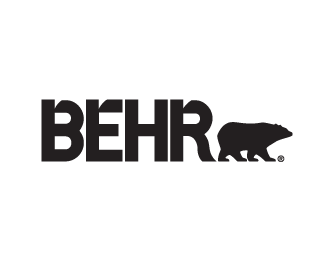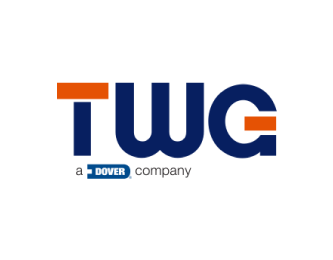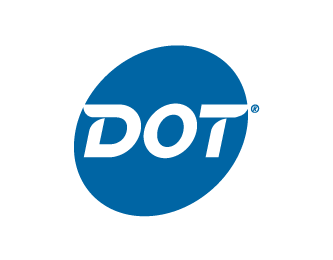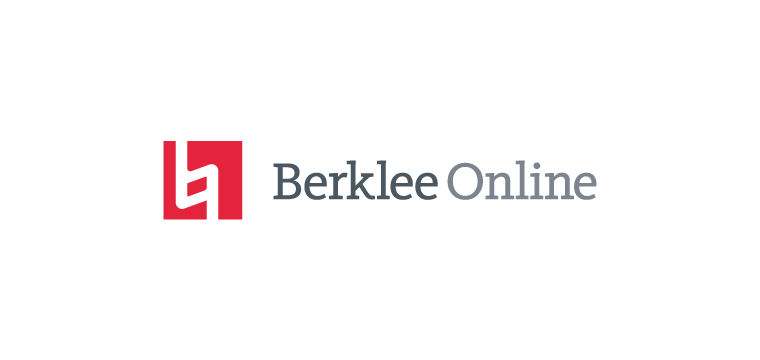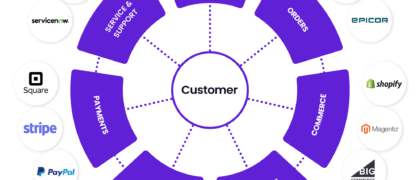Salesforce Integration
Connect Salesforce to other applications with our robust integration platform, creating a 360-degree view of your customer data.


Connect Salesforce with any application
Connect your SaaS, on-premise and cloud applications in just days using our low-code iPaaS platform. Our drag-and-drop pre-built connectors make streamlining workflows and creating end-to-end process automation virtually effortless.
Hear what our customers are saying
“We estimate that using Jitterbit with its seamless integration with Salesforce saved us at least 33% on development time and costs.”
Cornelius Msipha, Business Solutions, Bayer
“Jitterbit hit the sweet spot for us – a partner that we could work with everyday, that is constantly innovating the tool and helping us figure out new ways to do things. The one thing I know is if I ever have a problem, Jitterbit is there for me.”
Stefanie Causey, Senior Director of IS Solutions Delivery, Alvaria
Automate processes throughout the customer journey with Salesforce data integration
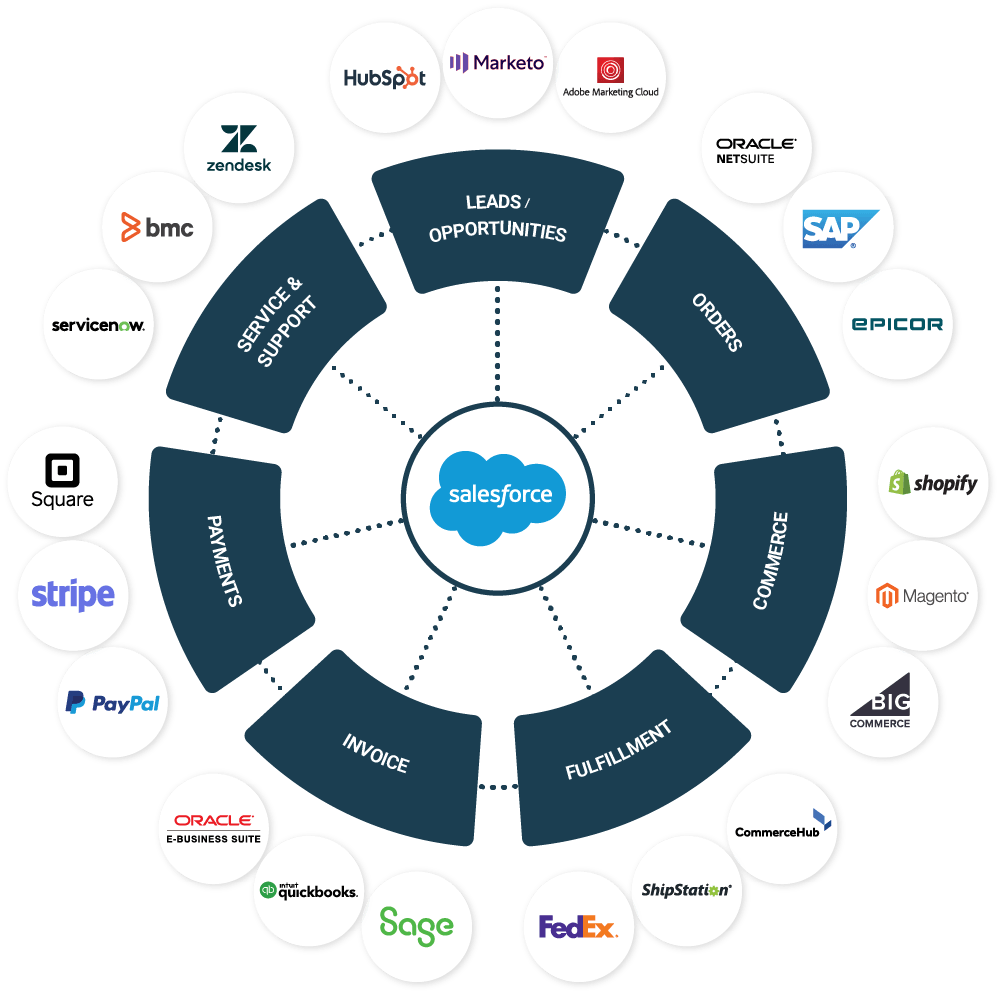
Accelerate Revenue Realization
Quickly realize earnings by streamlining your lead-to-revenue process. Sync Salesforce CRM with your ERP, CPQ, billing and payment systems to:
- Speed up the quote-to-cash process by automatically syncing order and customer data across systems.
- Streamline the processing of orders, invoices, and billing.
- Set up automated alerts to ensure timely follow-ups and next steps.
Accelerate your Salesforce Integration with pre-built templates
Achieve faster time to value with our best-in-class Salesforce connector and pre-configured integration solutions, so you can quickly and securely orchestrate complex data integrations in weeks, not months. Visit the Jitterbit Marketplace to see a full list of available templates and recipes.
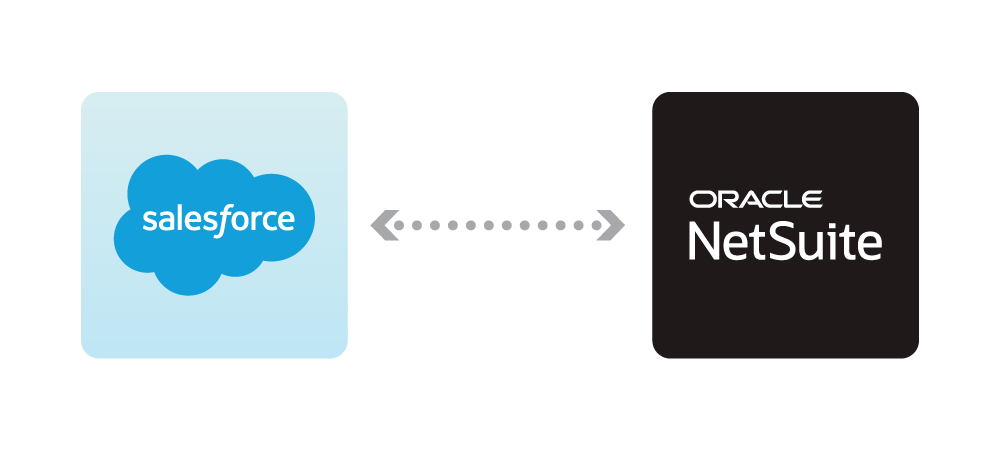
Netsuite—Salesforce
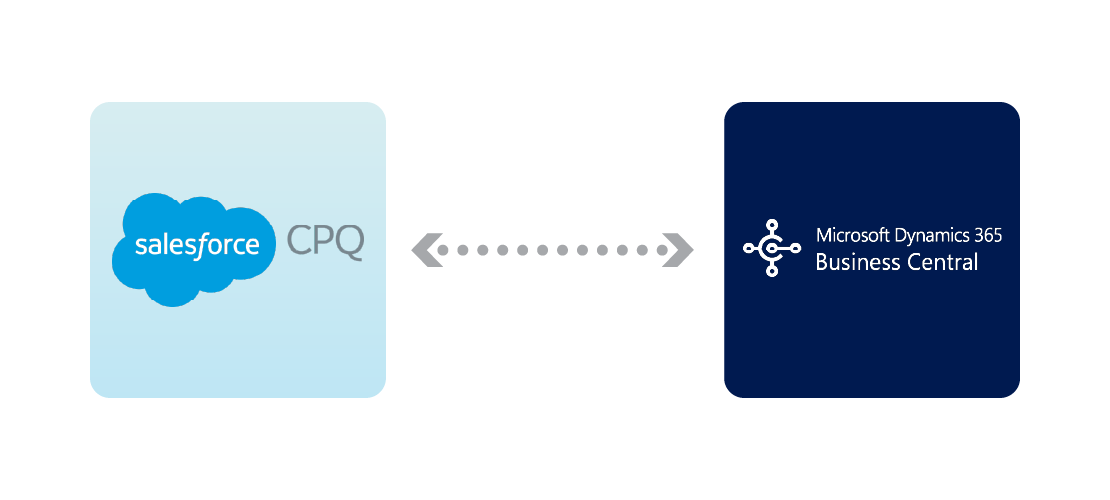
Microsoft Dynamics—Salesforce
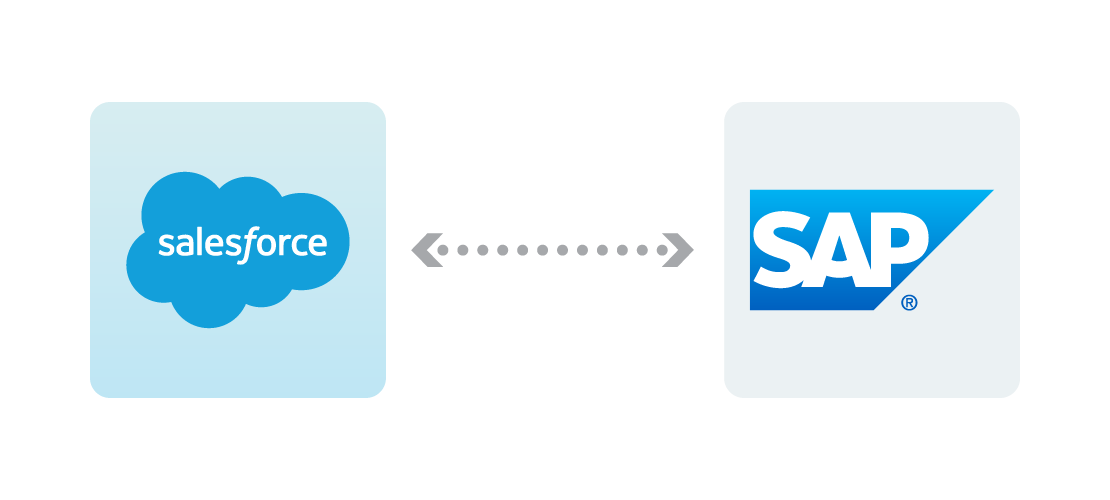
SAP—Salesforce
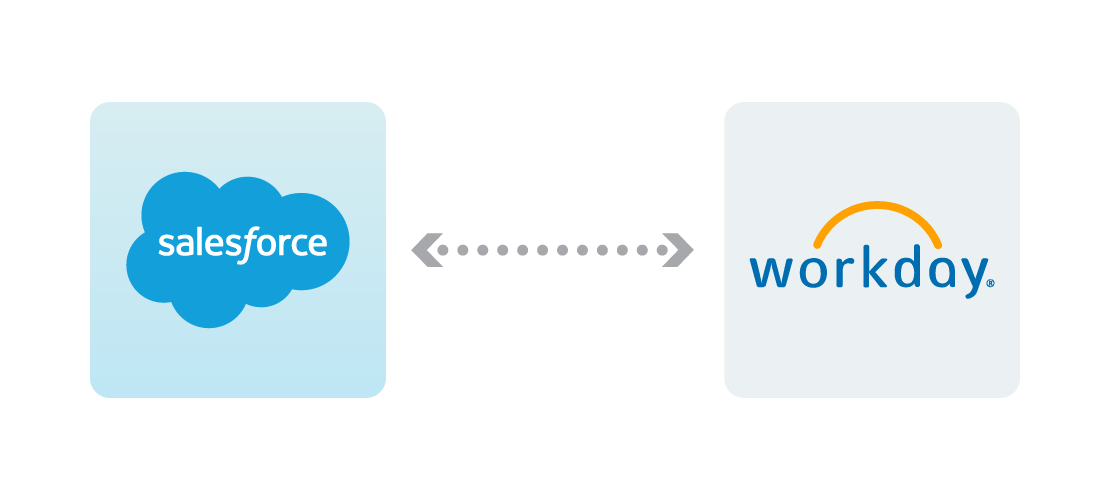
Workday—Salesforce
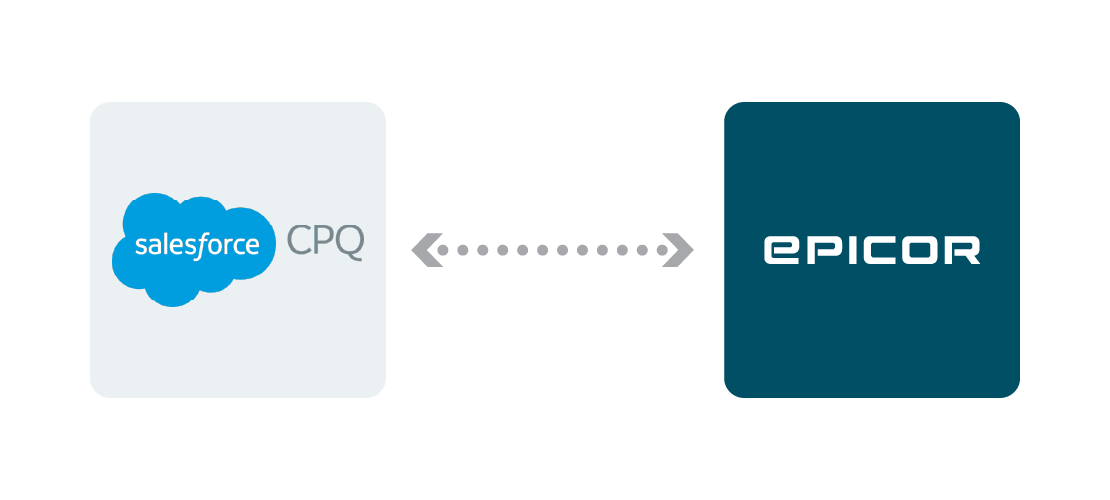
Epicor—Salesforce
